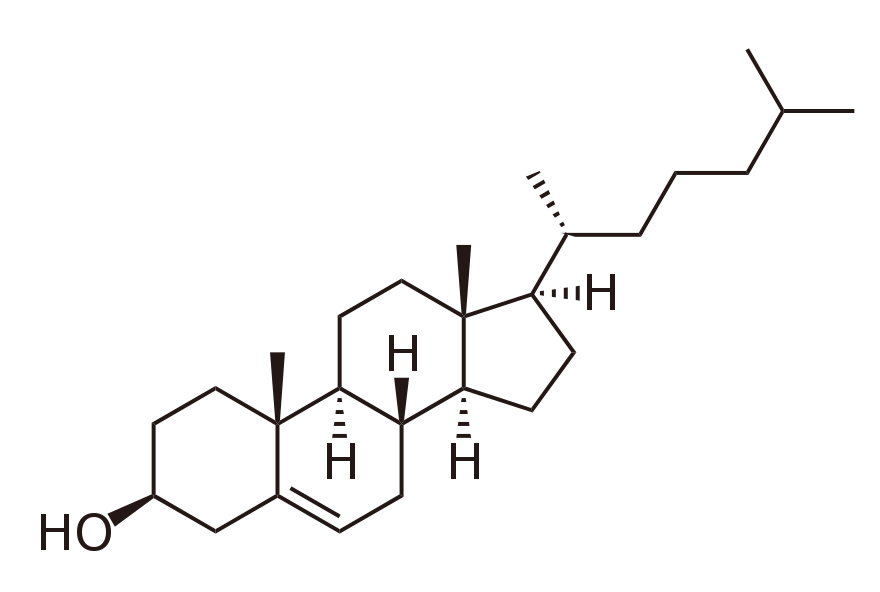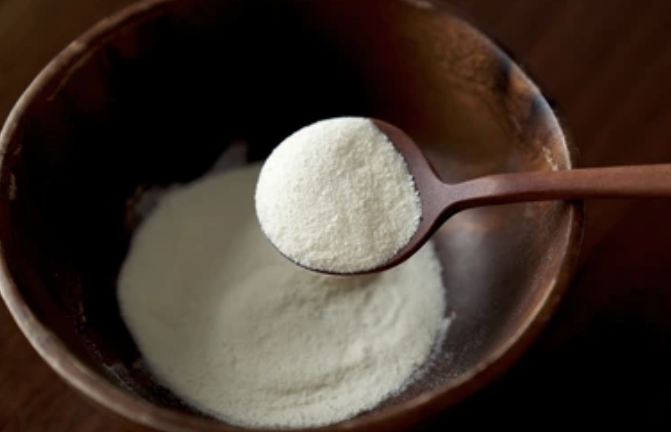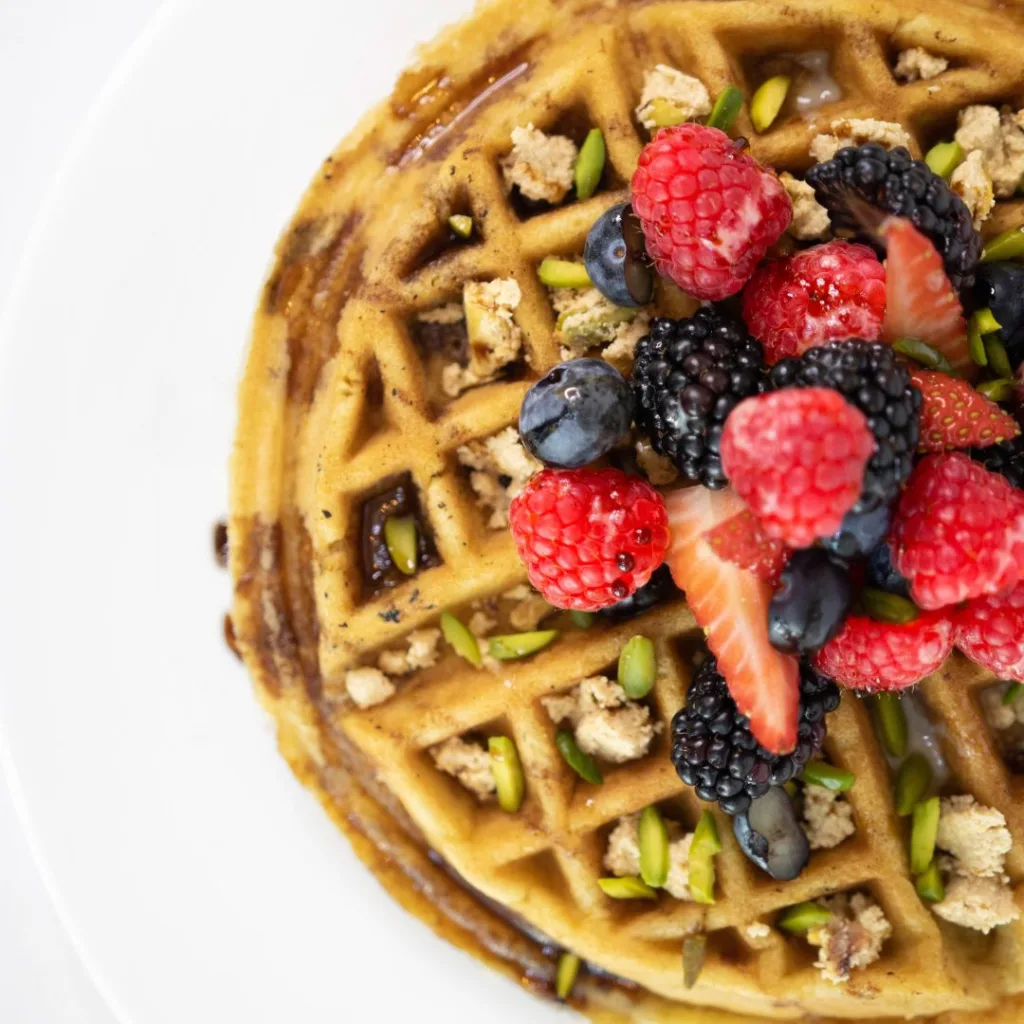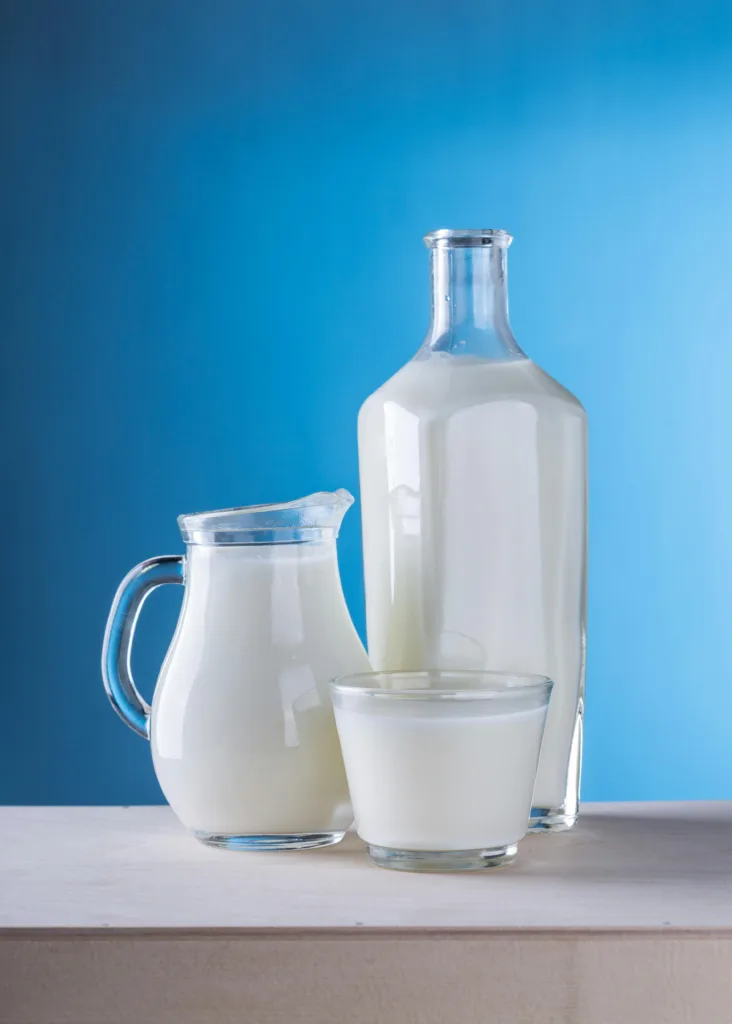Do wise waffles have cholesterol? unpacking the Myths and facts
The short answer is yes. But do you actually know what is it, where it comes from, and why it’s there? To test your knowledge, read on.

Photo by MART PRODUCTION
Understanding cholesterol: It’s not all bad
Contrary to common belief, cholesterol isn’t just a dietary villain. A significant portion of the cholesterol in our bodies is produced endogenously, meaning it originates from within, regardless of what we eat. More about it later, but first its important to know what actually is “cholesterol” vs cholesterol.
Lipoproteins: the carriers of cholesterol
Generally speaking when someone says “cholesterol”, what they really meant was the lipoproteins in the body (a globular molecule that contains proteins and lipids). These lipoproteins are categorized by their density into five main types: High-density Lipoprotein (HDL), Intermediate-density Lipoprotein (IDL), Low-density Lipoprotein (LDL), Very-low-density Lipoprotein (VLDL), and Chylomicrons, with HDL being the densest due to its higher protein content. Cholesterol itself is a sterol with a complex molecular structure, featuring a hydrophobic tail and a polar hydroxyl group, making it amphipathic and essential for forming cell membranes and synthesizing certain hormones and vitamins. More about cholesterol itself below.
Here is an over simplified version of what the good vs bad cholesterol do.
- Good Cholesterol (HDL): Thinks of this as the body’s cleanup crew, taking fat away from arteries to the liver where it can be processed or removed.
- Bad Cholesterol (LDL): This type can stick to artery walls, potentially leading to heart problems. However, not all LDL is the same; smaller, denser types are more harmful than larger ones.
When high amount of the bad LDL combined with free radicals, it can be oxidized and caused plague in the blood vessels potentially causing atherosclerosis!
What is cholesterol and why do we need it?
Cholesterol plays a vital role in cell membranes by modulating their fluidity and stability. It is embedded within the phospholipid bilayer, alongside phospholipids and proteins, contributing to the membrane’s structural integrity. Cholesterol’s unique structure allows it to fit snugly between phospholipid molecules, preventing them from packing too closely together, especially in lower temperatures, and thus maintaining the membrane’s fluidity. This mechanism is crucial for the proper functioning of cells, as it ensures that the membrane remains flexible enough to allow the movement of molecules across it while maintaining its structural integrity. This adaptive function of cholesterol is particularly evident in animals living in colder climates, where higher cholesterol content in cell membranes helps to keep them fluid in frigid conditions.

Dietary patterns that could increase bad cholesterol
Our Wise Waffles, made with ingredients like eggs and milk, naturally contain cholesterol. Yet, the impact of dietary cholesterol on blood levels is much less significant than once thought. The main dietary culprits affecting blood cholesterol are actually too much of saturated and trans fats, as well as some other dietary patterns that is too complex to be discussed in this already long blog.
Overindulging in refined carbohydrates and sugars can also lead to an uptick in LDL cholesterol. This effect is primarily because refined carbs and sugars boost the production of VLDL (Very Low-Density Lipoprotein), a precursor to LDL cholesterol. When we consume these foods in excess, our bodies convert more VLDL to LDL, increasing the risk of plaque buildup in our arteries.
Conclusion
Wrapping up, it’s clear that understanding cholesterol goes beyond the oversimplified “good” versus “bad” narrative. Just like our Wise Waffles, which are crafted to promote slow digestion—spreading nutrients over time for sustained energy—your approach to diet should be balanced and thoughtful. Our unique formulation is designed not just for taste, but to support a lifestyle where every meal contributes to your well-being. So, why not start your journey towards a healthier you today? Try our Wise Waffle Mix, embrace the benefits of slower digestion, and let every bite take you a step closer to achieving your wellness goals. Remember, a balanced diet is the cornerstone of a healthy life, and with Wise Waffles, you’re not just eating; you’re nourishing your temple.




